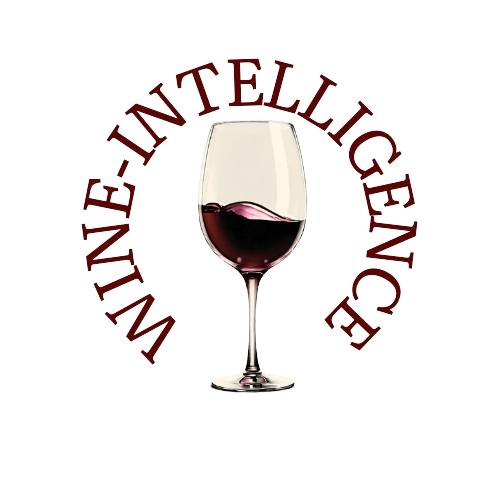As climate change intensifies and droughts become more frequent, the use of irrigation in French vineyards has become a contentious issue.
While irrigation is a widespread and accepted practice in wine regions such as Spain, Argentina, and the United States, in France, it remains tightly regulated, limited in scope, and the subject of ongoing debate among winegrowers, technicians, and authorities.
Current Legal Framework and Challenges
Today, only about 20% of French vineyards utilize irrigation systems. Under current regulations, irrigation is permitted only:
- For young vines (known as plantiers)
- From September 15 to May 1, outside the growing season when water demand peaks
This means that during crucial summer months, when water stress is most severe, growers are legally restricted from irrigating mature vines. The regulation, designed to preserve the traditional identity of French wines, is increasingly seen as outdated in the face of rising temperatures and shifting weather patterns.
Producing one liter of must can require up to 350 liters of water, with 98% of that lost to evaporation. The rootstock and grape variety determine a vine’s resilience, but extreme drought limits vine growth, reduces leaf and fruit development, and compromises quality and yield.
Economic Viability Under Threat
Vineyard profitability is closely tied to yield. In regions like Pyrénées-Orientales, falling below 30 hectoliters per hectare makes vineyard operations financially unsustainable. In Appellation d’Origine Contrôlée (AOC) areas, maintaining yields between 40 and 60 hectoliters per hectare is considered essential for long-term viability.
Irrigation, while not aimed at maximizing yields, plays a crucial role in:
- Preventing vine death during prolonged droughts
- Maintaining grape health
- Ensuring minimum production levels
- Preserving wine freshness and lower alcohol levels, increasingly favored by modern consumers
Without adequate hydration, vines halt organic acid production, pH levels rise, and aromatic complexity is lost, significantly reducing wine quality.
Toward Controlled and Sustainable Irrigation
New pilot projects, such as the 2023 initiative in Côtes-du-Rhône (Chusclan), illustrate how regulated irrigation might become part of a more climate-resilient French viticulture. Under this program:
- Vines may receive 800–1,000 m³ of water per hectare per year
- Irrigation is subject to local prefecture authorization and strict oversight
Technicians and researchers are developing alert systems and root-specific irrigation techniques to enhance water use efficiency. Since the most active root zones lie 40 to 80 cm underground, targeted irrigation there can yield the best results with minimal water use.
Regulatory Evolution and the Role of Terroir
The INAO (Institut National de l'Origine et de la Qualité) is currently reviewing proposals to adjust irrigation rules, aiming to allow limited and monitored irrigation based on actual vineyard conditions. This shift reflects growing recognition that climate, not just soil, now plays a dominant role in shaping wine character.
While some purists worry that irrigation might dilute the expression of terroir, many experts argue that without adaptive measures, vineyards could face permanent damage, undermining the very tradition they seek to protect.
Looking Ahead
France’s winegrowers face a pivotal decision: adapt or risk decline. With climate change accelerating, the debate around irrigation is no longer about preserving tradition in a vacuum—it’s about finding a pragmatic balance between heritage and survival. Controlled irrigation may offer a middle path: protecting both the identity of French wine and its economic future.
Source: Vinetur

